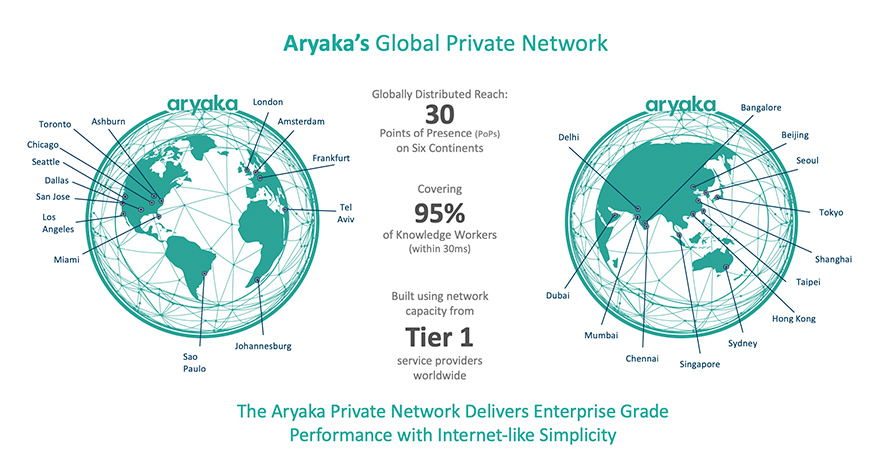CIOs: Is the Cloud driving you Crazy?

Today’s CIOs face a number of heavy demands in building and managing a network for their global employees. Enabling workers to access cloud applications from anywhere, any time, on any device can be a difficult balancing act to manage.
They need to make sure that application performance levels remain high and overall productivity never suffers, all while making things appear seamless on the front end.
What’s a responsible tech chief to do?
When ‘quick and simple’ is anything but
Everyone loves the accessibility of cloud applications, and CIOs love how quickly they can adopt cloud services. But the truth is, adopting cloud services adds a whole new layer of complexity in managing application performance. It’s easy to miss a lapse in productivity when there’s so much activity going on, and everything is happening in real time.
Whether it’s email or a CRM, load times can vary tremendously, and lags can still occur even after the applications load. The bottom line is that these lapses add up to a significant loss of productivity. Diagnosing these problems isn’t easy because it isn’t always obvious where they are coming from.
Playing the network blame game

Back in the days when IT was predominantly on-premises and applications and workloads were housed in a traditional data center, it was far easier to deal with risk, security, compliance, and network issues. When application performance problems occurred, traditional connectivity options and optimization methods fixed them.
Today, there’s no way to have private lines connecting every cloud data center. There are way too many applications spread across too many places to make that even remotely possible, and most cloud providers probably wouldn’t allow it anyway.
So what do you do when a cloud application is not performing the way you’d like it to? This is where the blame game begins. Your Internet service provider will blame the application provider. The application provider might blame the broadband link. And of course, frustrated employees blame your organization’s IT staff. No matter who’s to blame, it adds up to the same thing — declining productivity, declining profits.
The real problem is simply this: Every time you take a step into the cloud you have to depend on the unreliable public Internet.
On the one hand, it’s a revolutionary, global connectivity medium that is simple, flexible, and affordable. On the other hand, it is a medium of communication that you are sharing with billions of strangers. It’s unpredictable due to high latency and congestion-based packet loss — especially across long distances.
A better path to the cloud
Before you give up on fully embracing the cloud, there is a way to tackle these performance problems using, of all things, a cloud-based solution.

Aryaka’s global private network places 95% of the world’s business users within 30ms of their applications. Our software-defined, cloud-native private network provides enterprises with accelerated access to any and all cloud/SaaS applications.
While Aryaka’s multi-tenant private network allows global enterprises to bypass the unreliable public Internet, the proprietary optimization software stack provides benefits of TCP optimization, compression, and de-duplication to maximize throughput and performance of cloud-based resources.
Our customers have reported up to 99.99% uptime and bandwidth scaling as well as 40x application acceleration benefits.
Aryaka has helped companies around the world make the most of their cloud applications. Download our data sheet to learn more about how we can do the same for your organization, or continue here to contact us.




